A majority of fitness centers across the country require members to wear closed-toed athletic shoes when lifting weights and engaging in other aerobic-type endeavors. Whether a matter of safety...

Articles pertaining specifically to concepts of biomechanics and kinesiology as they are relevant to personal trainers.

A majority of fitness centers across the country require members to wear closed-toed athletic shoes when lifting weights and engaging in other aerobic-type endeavors. Whether a matter of safety...
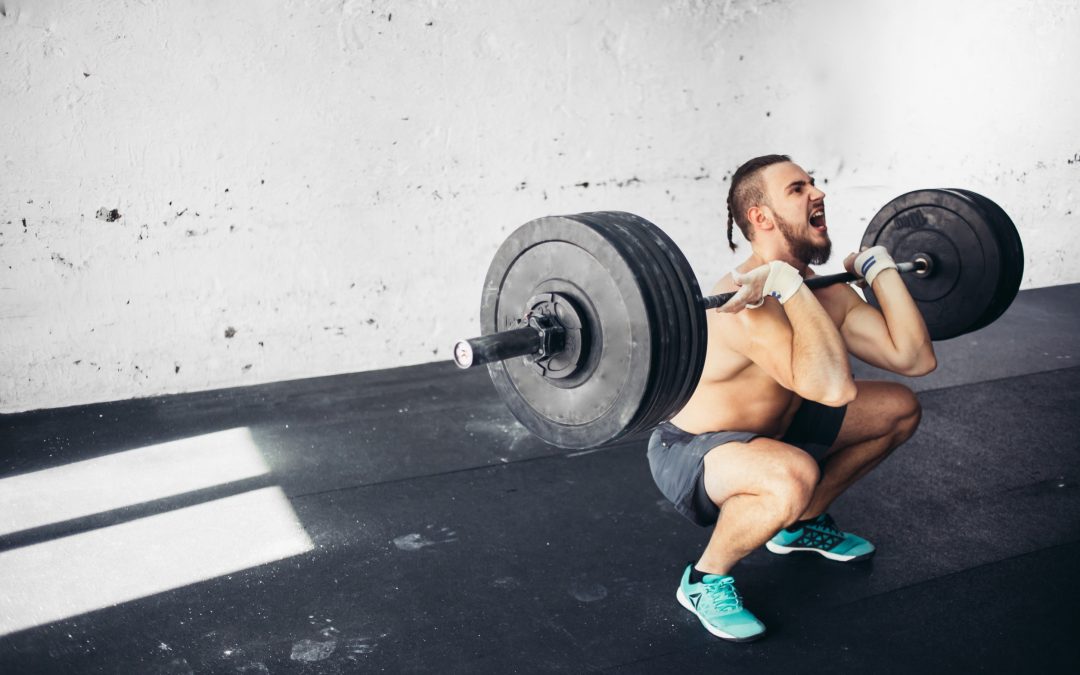
Many of the traditional exercises which we either learned en route to getting certified, or along the way from various industry leaders and professionals, have the potential to cause injury. While...
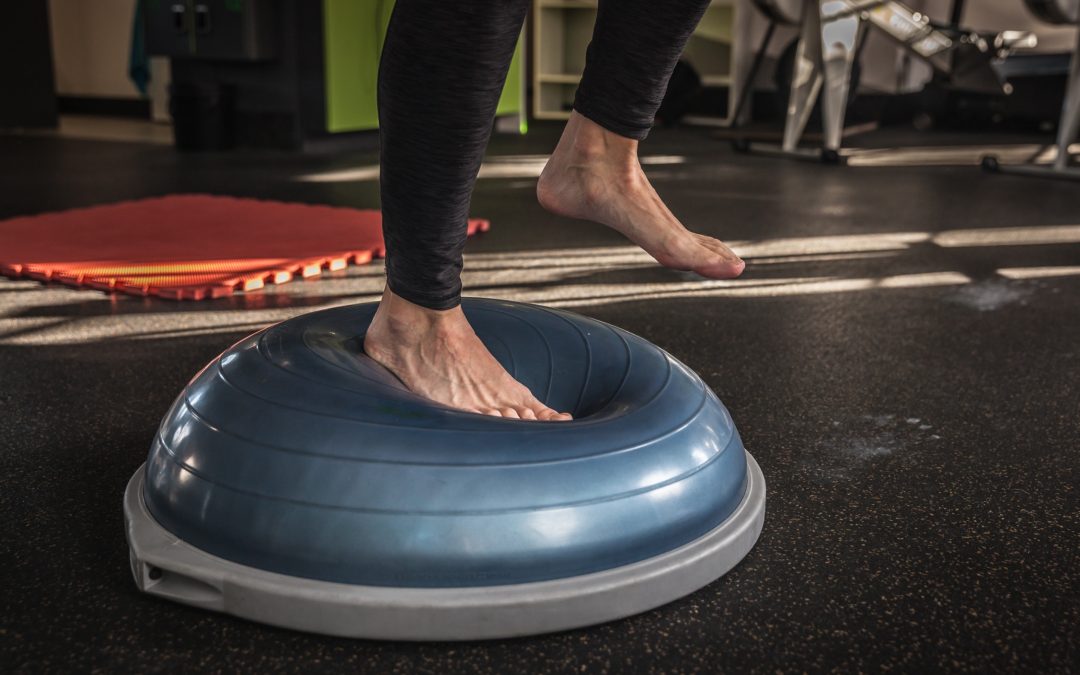
Image Options: 109497998 174949772 194667969 43951860 180638554 We require a stable sense of balance to successfully execute every movement of daily life, from standing to walking, cycling to raking...
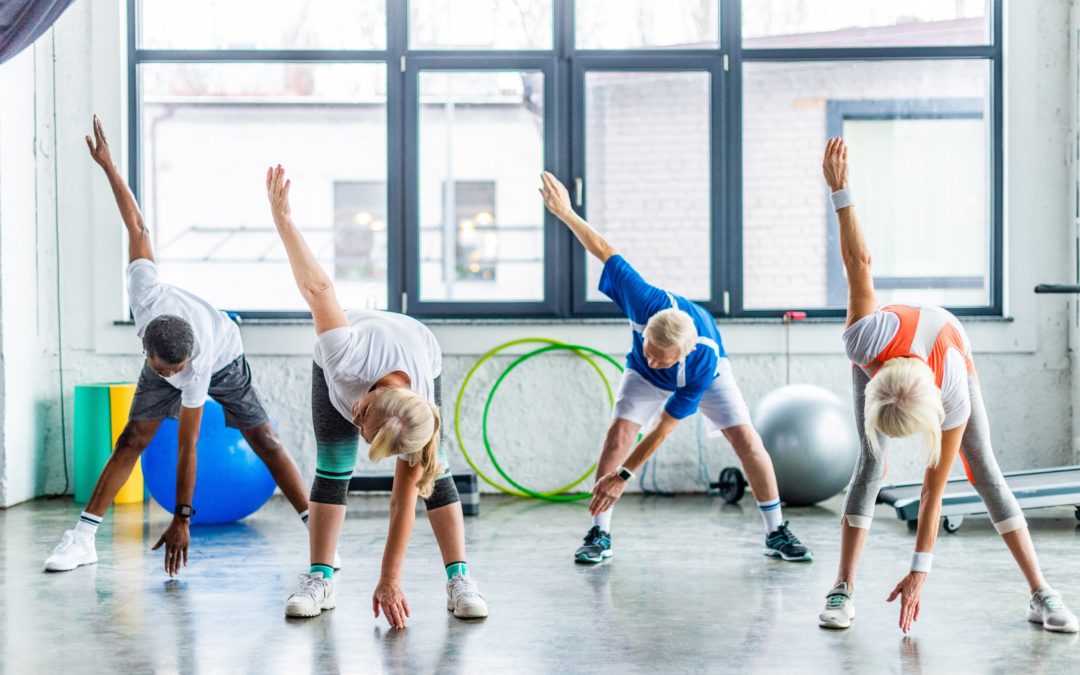
Functional training mimics the movements we perform in everyday life. Functional strength training relates to daily movements such as sitting and standing, bending over, and twisting from side to...

As personal trainers -- and those aspiring to the field -- surely know, every client with whom we interact deserves a personalized program in order to achieve results. The stepping stones on this...
How much does our personal training clients' posture truly affect back pain? And what do activities of daily life (ADLs) have to do with it? What is Good Posture? Posture refers to the delicate...
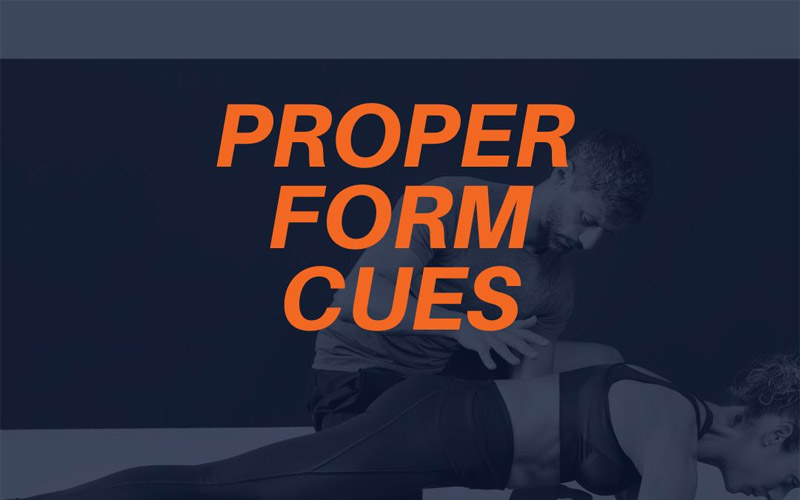
"Proper form first." This core concept should be the driving force of our training methods with our personal training clients regardless of fitness level or program design. Proper form is crucial...
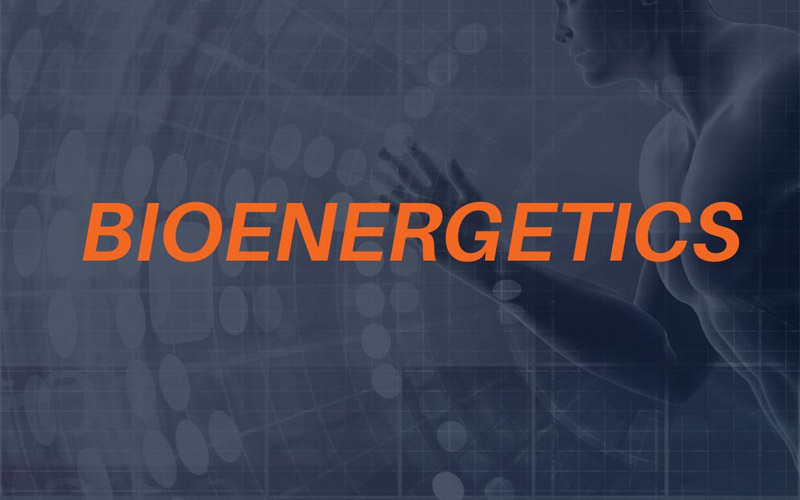
Bioenergetics is a complex branch of biochemistry that focuses on how cells transform energy, often by producing, storing, or consuming adenosine triphosphate (ATP), or put more simply, the study of...
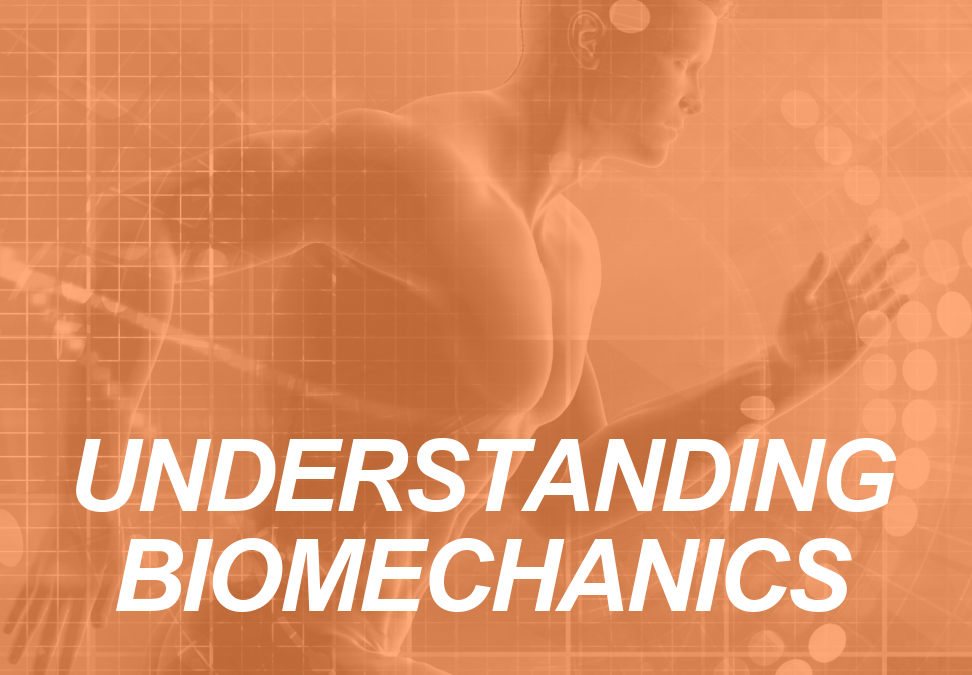
As the fitness industry grows in popularity and importance, it is of the utmost importance that we as fitness professionals continue to develop a growing knowledge of the exercise sciences to communicate effectively with the established health professions and sciences on “common ground”. The following article, while at times technical, provides an integral part of that knowledge base necessary to facilitate such communication.
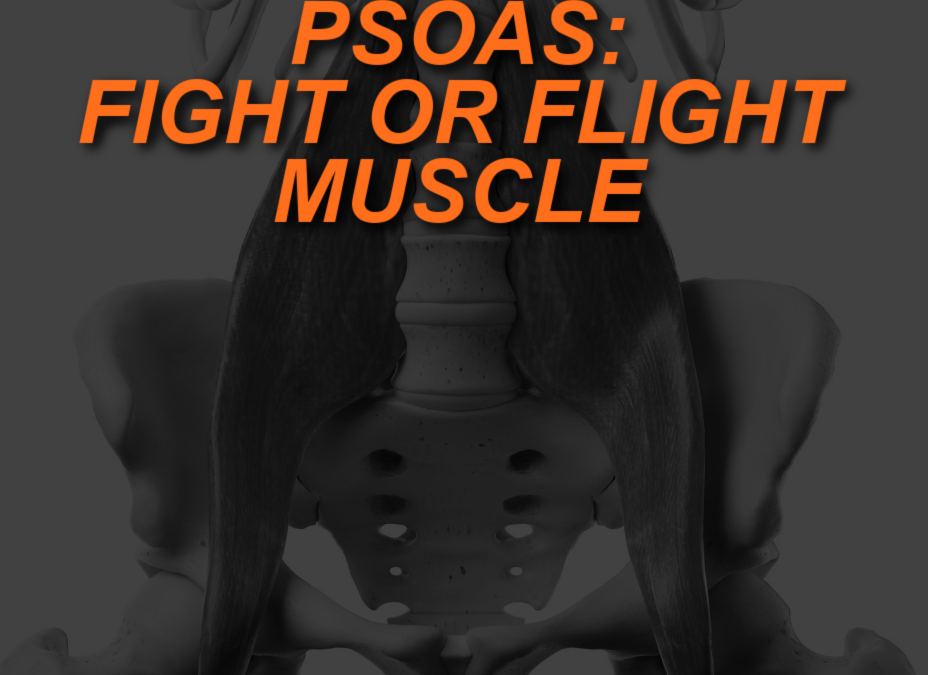
The psoas muscle is one that is talked about often– whether an athlete is blaming it for "tight" hips or when a yoga instructor claims that a stretch is going to release it. You may have even heard...